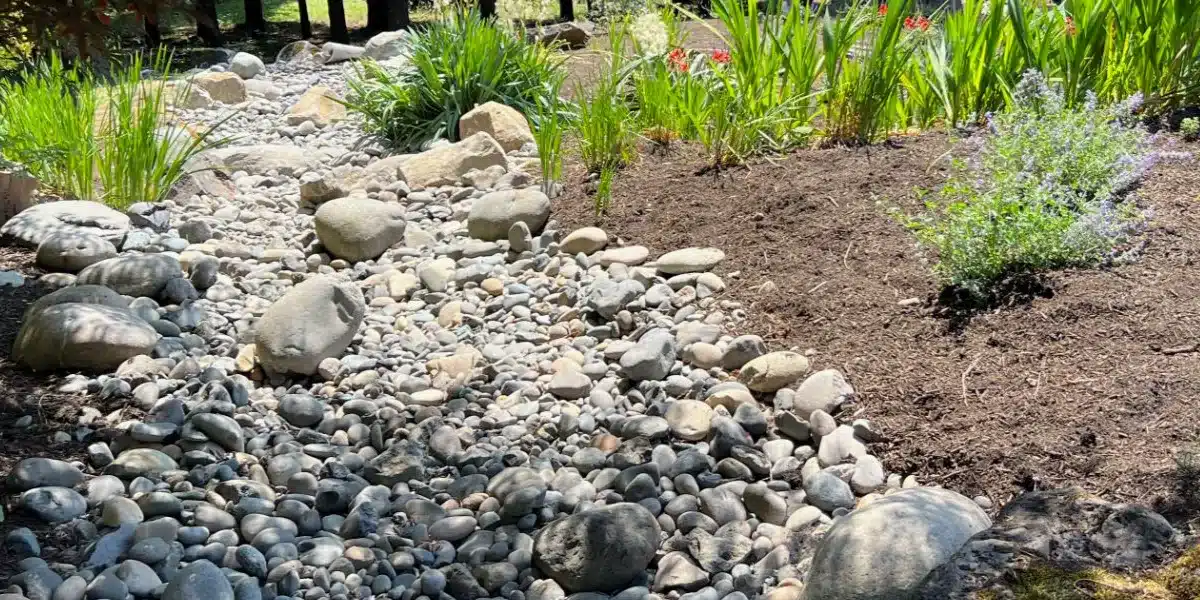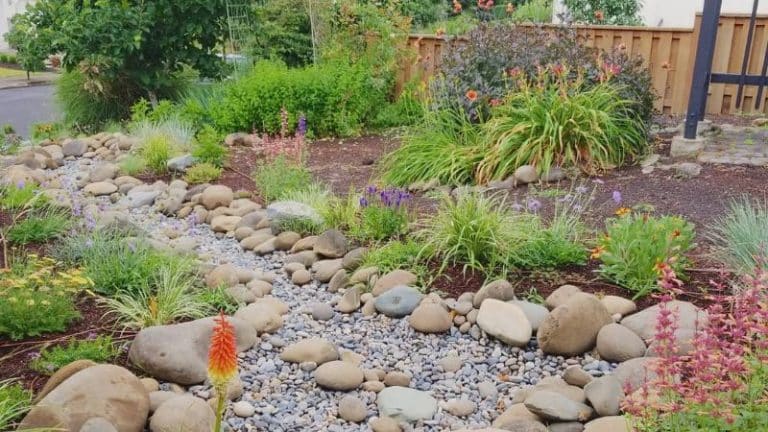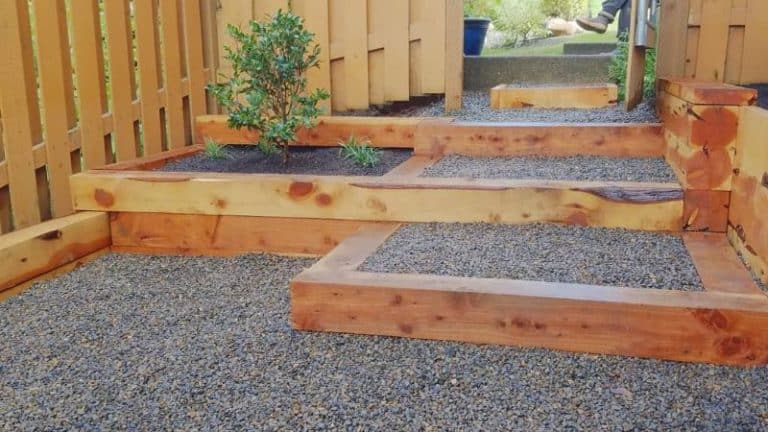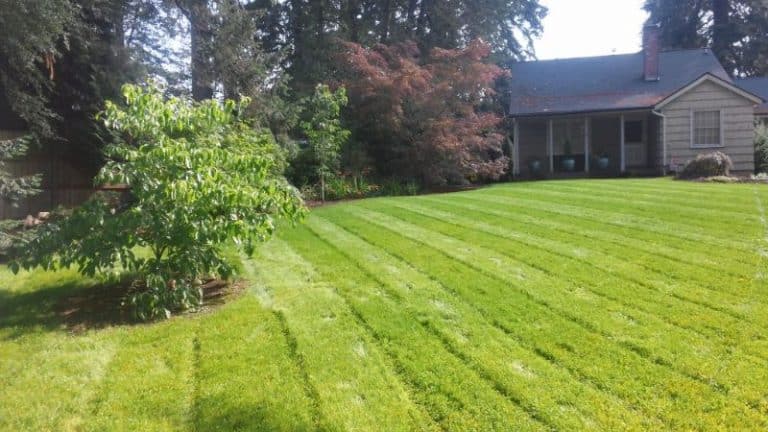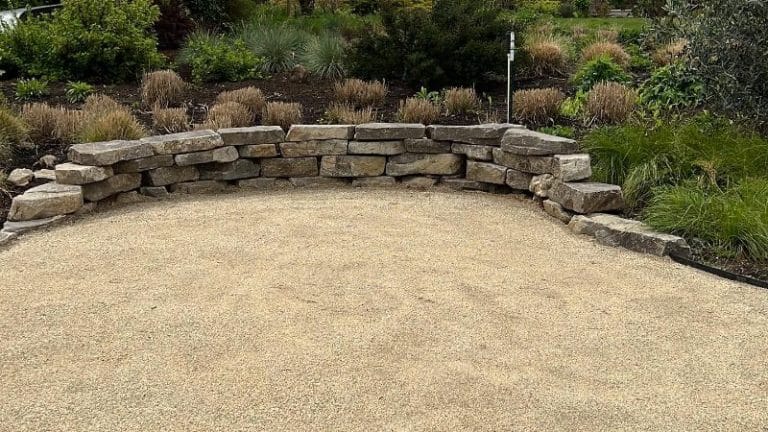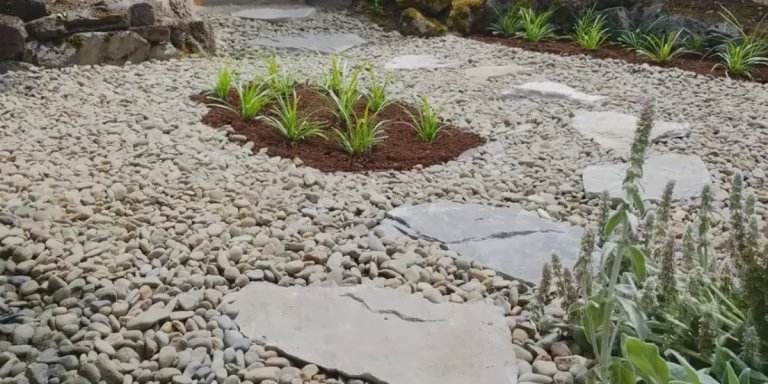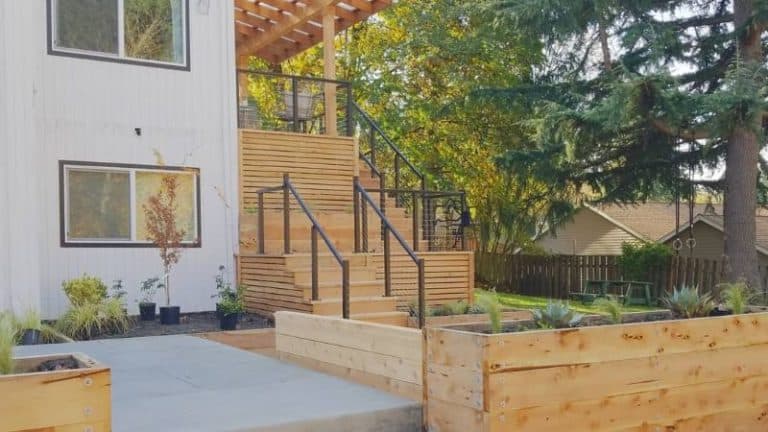Drainage Solutions to Prevent a Soggy Lawn
If you’re constantly dealing with a wet, muddy, or waterlogged lawn, you're not alone—especially in the Pacific Northwest. Poor lawn drainage is a common issue for homeowners in Oregon City and surrounding areas. Not only does standing water create a mess, but it can also kill your grass, damage plant roots, and lead to long-term erosion problems. Fortunately, there are proven landscaping solutions to fix these issues—and White Oak Landscapes can help.
Why is your lawn always soggy?
If your lawn feels like a sponge after every rainfall—or if you're dealing with standing water that never seems to go away—you're likely facing one or more common drainage problems. Soggy lawns aren't just an eyesore; they can suffocate grass roots, attract pests, and lead to long-term damage in your landscape. Fortunately, understanding the cause is the first step toward a lasting solution.
Here are some of the most common reasons lawns in Oregon City, West Linn, and surrounding areas struggle with excess moisture:
-
- Compacted soil: Over time, foot traffic, heavy machinery, and weather can compress your soil, especially in areas with poor aeration. Compacted soil has fewer air pockets, which means water can’t soak in and instead pools at the surface. Soil reconditioning and new lawn installation are often part of the solution.
- Poor grading: If your yard isn’t properly sloped, water naturally collects in low-lying areas. This is especially common around home foundations, patios, and poorly designed garden beds. Our grading and re-sloping services can redirect water flow away from problem areas.
- Heavy clay soil: Many properties in Clackamas County sit on clay-heavy soil, which drains slowly and easily becomes saturated. In these cases, a combination of French drains, dry creek beds, and soil amendments may be necessary to improve drainage and restore lawn health.
- Blocked or missing drainage paths: Without proper infrastructure—like downspout extensions, catch basins, or drainage swales—water has nowhere to go. This is especially problematic near your home’s foundation, walkways, and landscape features.
- Excessive runoff from hardscapes: Driveways, patios, and other impervious surfaces increase runoff, which can overwhelm grassy areas. If you're planning to install or upgrade a paver patio, walkway, or outdoor living space, it’s important to design it with drainage in mind.
At White Oak Landscapes, we never offer one-size-fits-all solutions. Every property is unique, which is why we begin each project with a thorough site evaluation. By assessing your lawn’s slope, soil composition, surrounding hardscapes, and existing drainage paths, we’re able to recommend the most effective combination of solutions—from grading and drainage systems to landscape planting, mulch installation, and more.
Effective drainage solutions we recommend
At White Oak Landscapes, we specialize in designing drainage systems that not only fix soggy lawns, but also complement the beauty and function of your overall landscape. Every property in Oregon City, West Linn, and nearby communities is different, which is why we tailor our approach to your soil type, yard slope, and existing features.
Here are the most effective drainage solutions we install:
1. French drains
French drains are one of the most reliable ways to remove excess water from your yard. These underground trenches are filled with gravel and contain a perforated pipe that redirects water away from saturated areas and toward a safe discharge location.
They’re ideal for:
-
-
- Lawns that stay wet long after it rains
- Areas with standing water near foundations, patios, or walkways
- Redirecting runoff from hillsides or higher elevations
-
Because many properties in Clackamas County have clay-heavy soils that retain surface water, French drains are often paired with grading, soil reconditioning, or even dry creek beds to ensure proper performance.
2. Dry creek beds
Dry creek beds offer a beautiful, natural-looking way to manage stormwater. They serve as decorative features during dry weather, but quickly become functional drainage channels during heavy rains.
Best uses for dry creek beds include:
-
-
- Directing water from downspouts or slopes to lower areas
- Preventing erosion on sloped lawns
- Enhancing curb appeal with decorative stonework
-
Our team integrates dry creek beds into overall landscape design projects, often bordered by mulch installation, native plantings, or paver edging for a polished look.
3. Downspout extensions and catch basins
Roof runoff is a major contributor to backyard flooding and basement leaks. That’s why we often recommend downspout extensions and catch basin systems to help safely direct stormwater away from structures and into proper drainage channels.
Benefits include:
-
-
- Reducing basement moisture and foundation damage
- Keeping lawn and garden beds from becoming waterlogged
- Supporting other solutions like French drains or swales
-
These upgrades are especially important when installing outdoor living spaces, retaining walls, or walkways, as they prevent water from pooling around your new features.
4. Grading and soil reconditioning
If your yard has low spots or a flat slope that causes water to settle, we may recommend land grading to improve water flow across the surface. This involves reshaping the landscape to create subtle but effective pitch away from your home or saturated areas.
In addition, we often:
-
-
- Break up compacted soil to increase absorption
- Incorporate sand, compost, or organic matter to improve soil structure
- Prepare the area for new lawn installation, whether by seed or sod
-
Proper grading also improves the performance of paver patios, walkways, and mulch beds, preventing water accumulation and erosion.
5. Drainage swales
A swale is a gently sloped trench that collects and redirects surface water. Unlike rigid pipe systems, swales are designed to work with nature, blending into your landscape with grass, mulch, or decorative stone.
Swales are an excellent option for:
-
-
- Long, narrow yards that suffer from surface runoff
- Properties where underground drains are impractical
- Incorporating sustainable, low-maintenance solutions into your design
-
Many homeowners choose to include swales as part of a larger landscape renovation or planting project, making them both functional and attractive.
Case example: Oregon City backyard fixed with French drain + regrading
A recent client in Oregon City was dealing with standing water in their backyard every spring. The lawn stayed muddy, and their garden beds often flooded. We installed a French drain system around the perimeter of the yard, redirected their downspouts, and regraded the lawn to promote proper runoff.
Within weeks, the yard was dry after rainfall—and the homeowners finally had a usable backyard again.
Why professional drainage design matters
DIY drainage fixes like punching holes in your lawn or adding topsoil may offer temporary relief, but long-term success requires a well-designed system. Our team considers:
-
- Soil composition and absorption rates
- Landscape slope and elevation changes
- Proximity to structures and hardscapes
- Aesthetic impact on your property
At White Oak Landscapes, we create customized solutions that solve the problem without compromising the beauty of your landscape.
Proudly serving Oregon City and surrounding areas
We provide drainage solutions and complete landscape design services in:
-
- Oregon City
- West Linn
- Lake Oswego
- Happy Valley
- Clackamas
- Milwaukie
- Tualatin
- Wilsonville
- Canby
- Gladstone
- Beavercreek
- Estacada
- Damascus
Get a dry, usable lawn—starting today
Tired of puddles, mud, and drainage issues ruining your yard?
Let’s fix the root of the problem with a custom-designed drainage solution that works for your property. Contact White Oak Landscapes today to schedule a consultation or request a free estimate.
We serve Oregon City and surrounding areas with expert landscaping services including grading, French drain installation, erosion control, and complete outdoor transformations.

